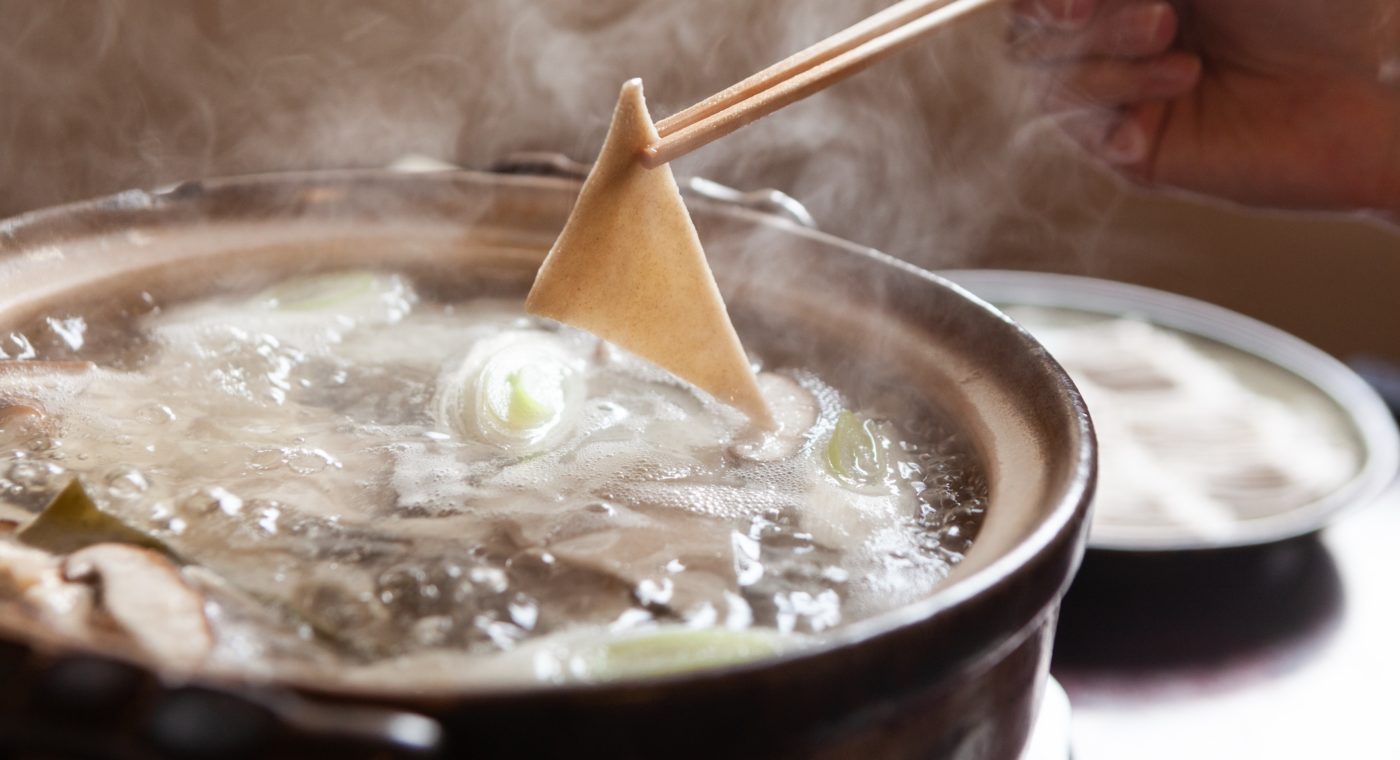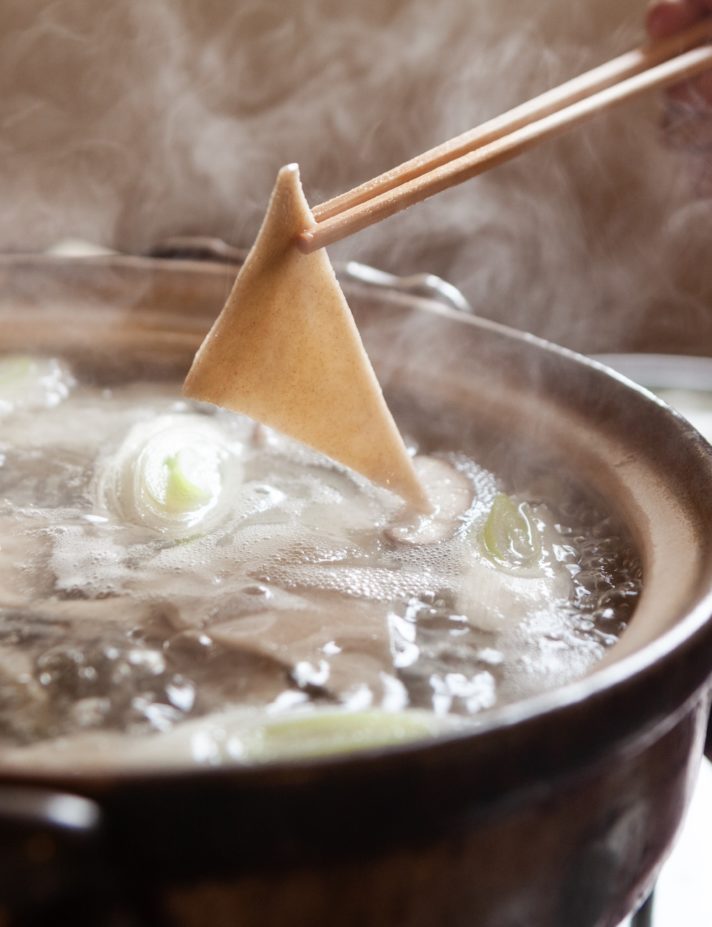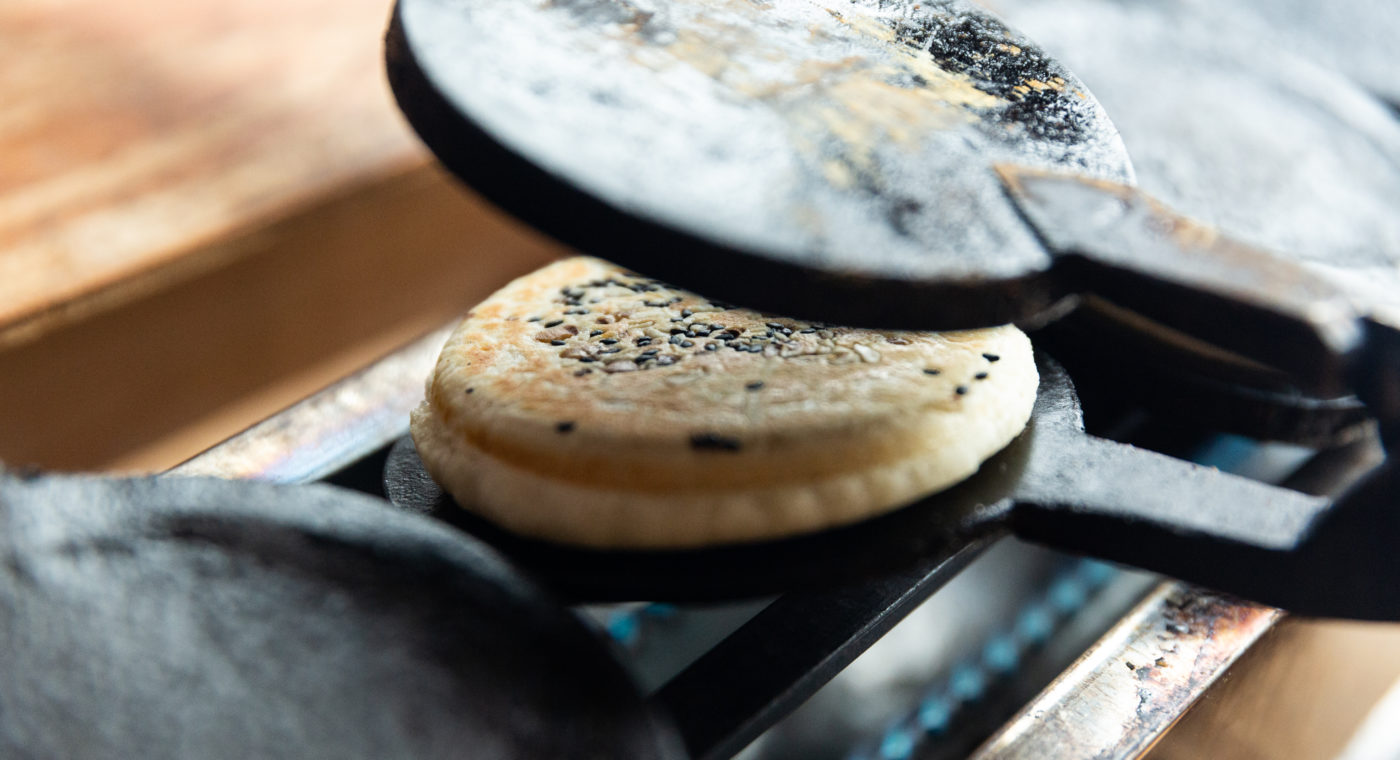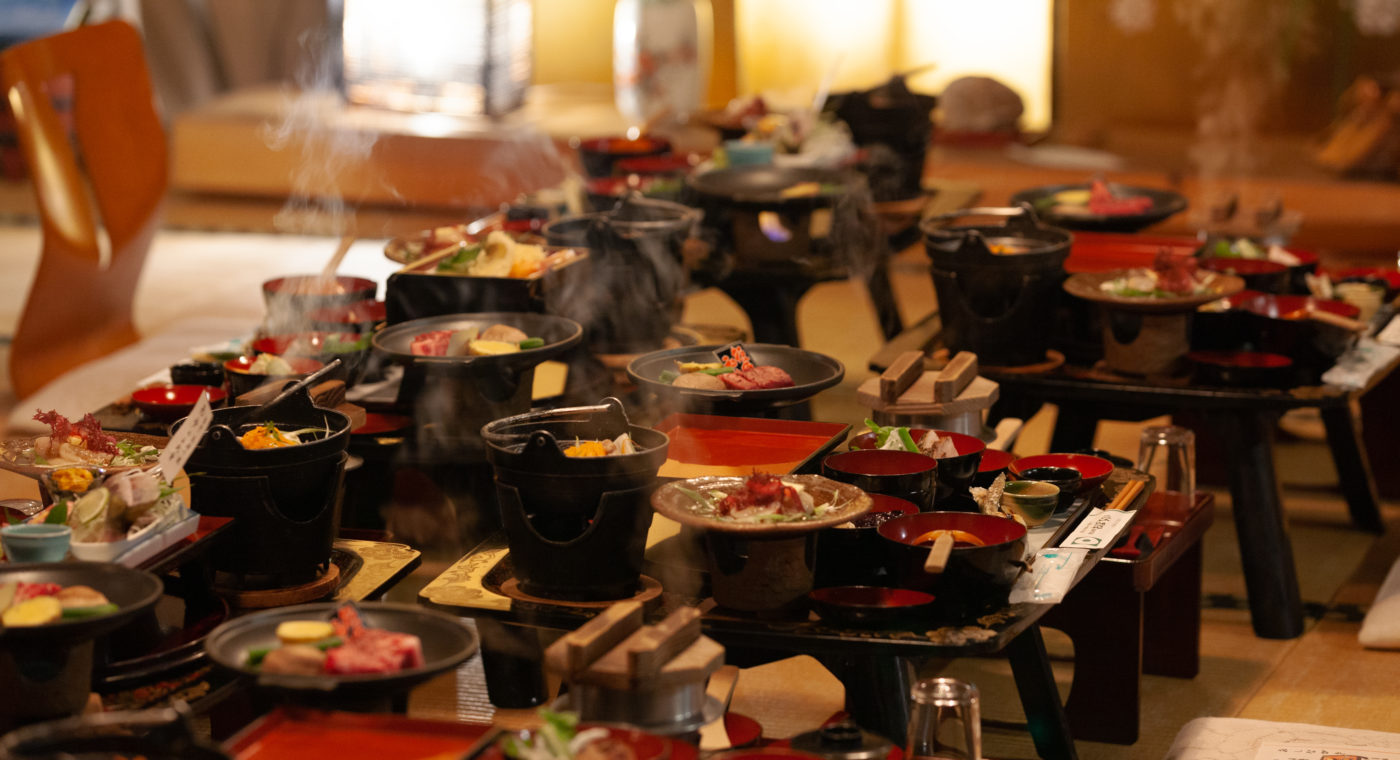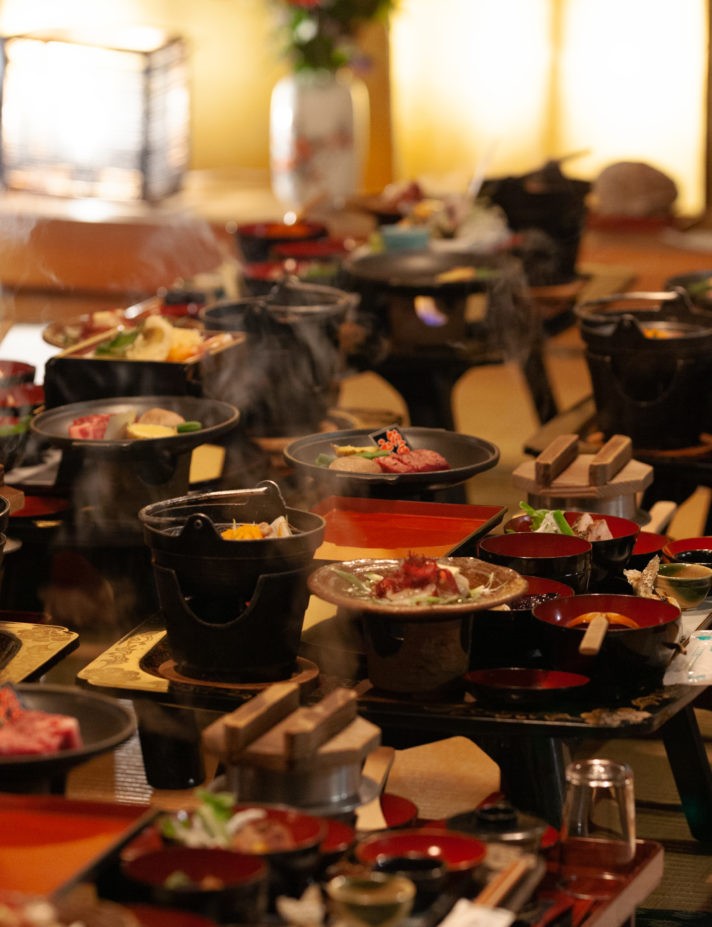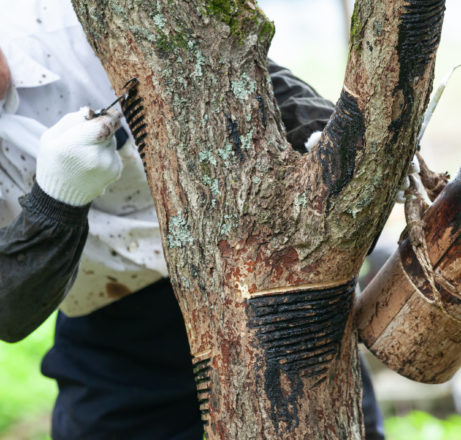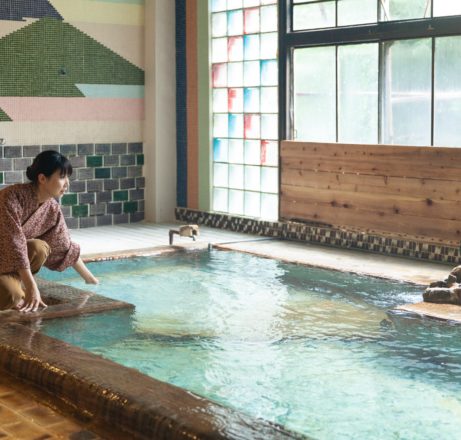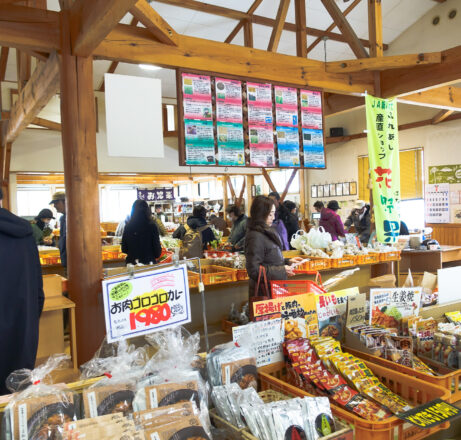Various cereals, snacks, and the Three Major Meats.
When travelling, people want to encounter the local taste created by the unique climate of an area, the determination of the producers, and the wisdom of the locals. Ninohe has a profound food culture backed by its history which includes high-quality meat and minor grains. Let’s follow a special route to pursue these beautiful flavors.
Ninohe boasts Three Major Meat products: Iwate Shorthorn cattle, which are raised by grazing on the magnificent Inaniwa Highland, Sasuke pork, which is known for its melt-in-your-mouth fat, and branded chicken raised on carefully selected feed.
In this region, where rice cultivation is difficult due to the cold winds blowing from the Pacific coast, various cereals such as Japanese millet, buckwheat, wheat, and soybeans have been eaten since ancient times. These minor grains contain rich nutrients such as vitamins and minerals, and have supported people’s lives in place of rice. They are still firmly rooted in the local diet even though rice cultivation has been stabilized through selective breeding.
Hittsumi is a dish in which pounded wheat served with broth made with freshwater fish.Gen soba noodles are made with a rare local buckwheat species from Ninohe, and kakke is boiled triangle-shaped buckwheat or wheat dough accompanied with garlic miso paste. The more you learn about Ninohe’s various cereal cuisines, the more you realize that the ancestors had a lot of wisdom on the ways to make it more delicious.
In addition, the simple and adorable appearance of the Ninohe’s local snacks sold at souvenir stores and direct sales stores will definitely catch your eye and even make you want to try some even if you’re full. If you visit Sataro Chaya which is a tea house where local women gather you can learn about the creation of these traditional snacks while making tenpo-yaki and hecchoko dango with them. At Nanbu-senbei-no-sato, you can learn the history of Nanbu senbei crackers, the soul food of the northern Tohoku region, and the new ways that people enjoy eating it today. It’s within walking distance from Ninohe Station.
Photo:Sachie Abiko,tarakusa



